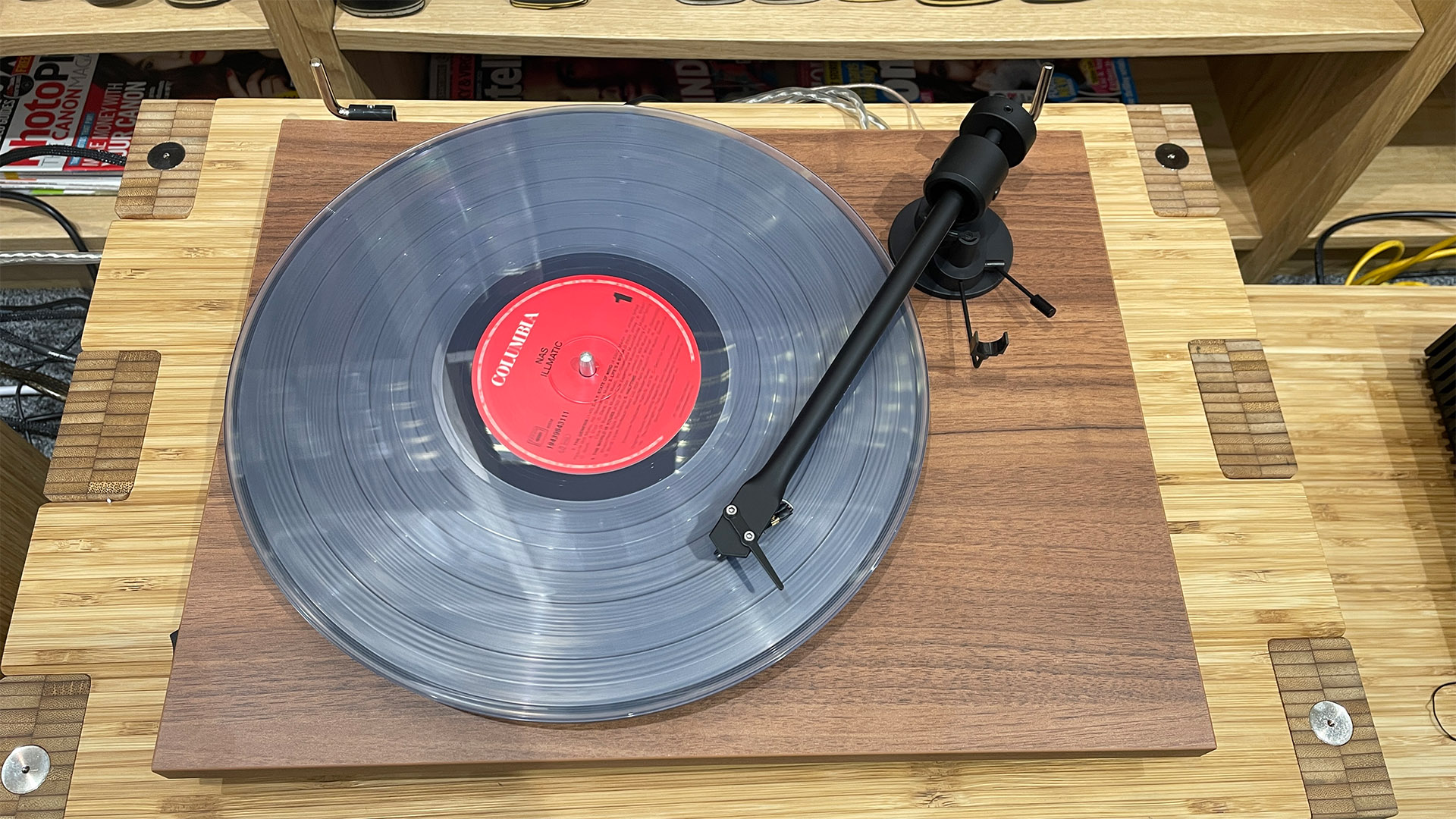LG G3 vs Sony A95L: will MLA OLED TV or its QD-OLED rival come out on top?
It's LG vs Sony in this flagship OLED head-to-head
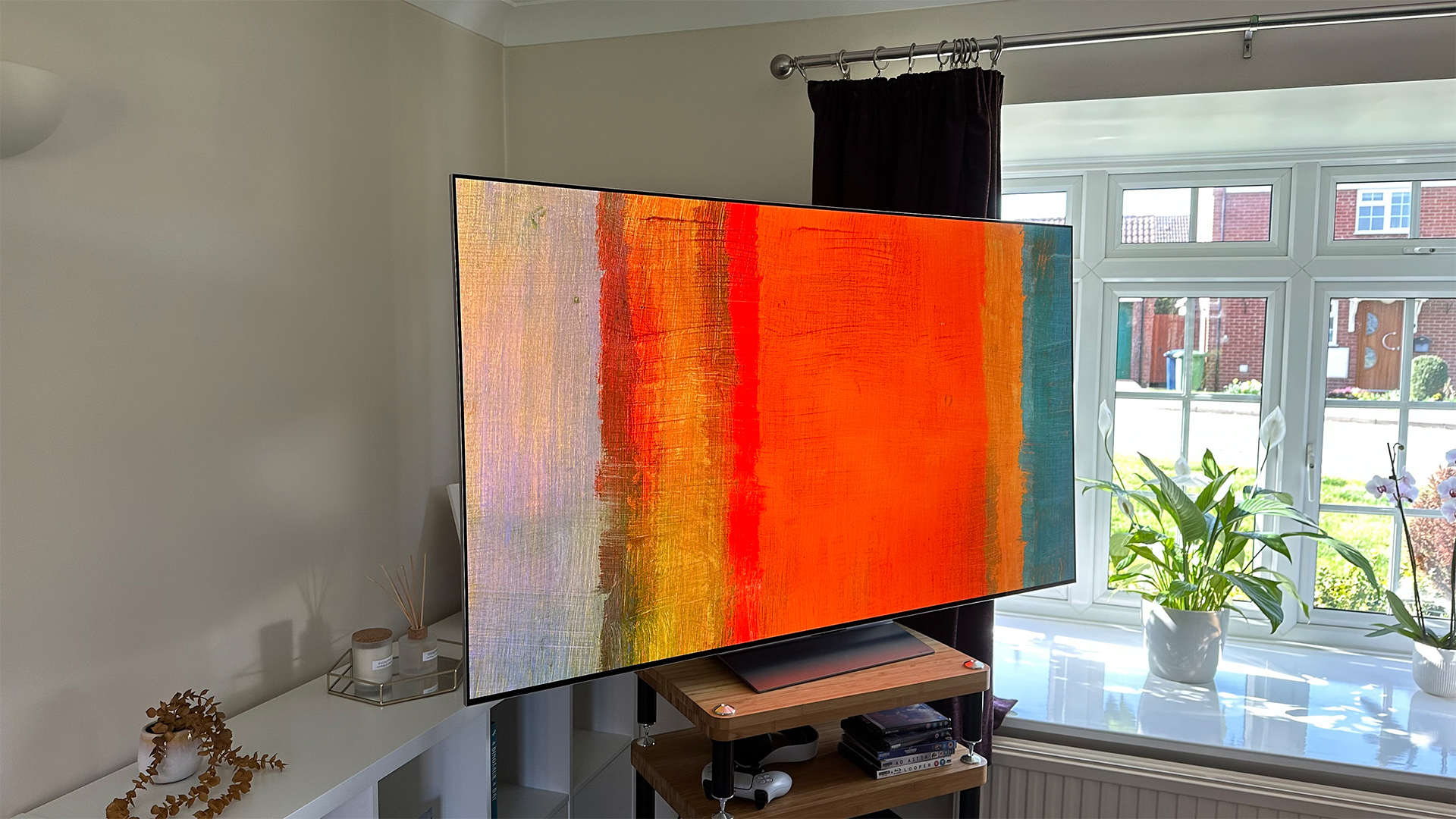
Screen size: 65in (also available in 55in, 77in, 83in)
Type: OLED
HDR formats: HLG, HDR10, Dolby Vision
Operating system: webOS 23
Dimensions (hwd, without stand): 82 x 144 x 2.4cm
The G3 is a great TV. Bright, detailed, and with the best gaming specs around, it's a fantastic offering, and it's quite a bit cheaper than its Sony rival. But poor sound, inferior picture quality and no stand in the box could make it a worse buy than the Sony A95L...
For
- Brilliantly bright and vibrant highlights
- Generally balanced and natural
- Flawless gaming specs
Against
- Pale colours in low-light scenes
- Dull sound
- Doesn’t come with a stand
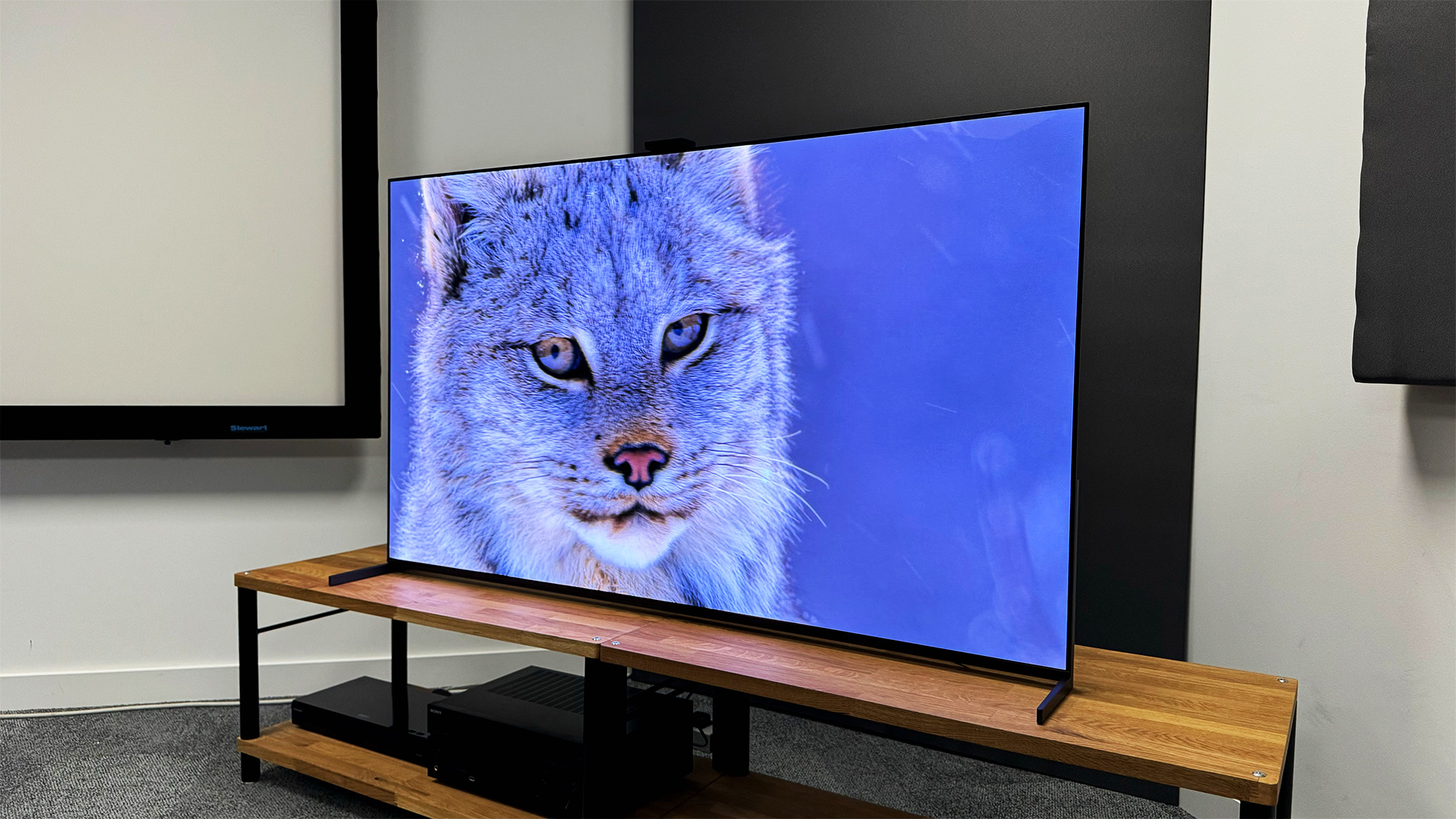
Screen size: 65in (also available in 55in, 77in)
Type: QD-OLED
HDR formats: HLG, HDR10, Dolby Vision
Operating system: Google TV
Dimensions (hwd, without stand): 83 x 144 x 3.4cm
Bright and beautiful with Sony's trademark lovely motion handling, the A95L is a sight to behold. It has the more dapper design, and it sounds better too. Those extra-wide feet on the smaller models might limit its appeal, as will the comparatively high price, but if you can afford it, you will not be disappointed.
For
- Stunning brightness, contrast and colours
- But even-handed and authentic, too
- Crisp, direct and spacious sound
Against
- Still only two HDMI 2.1 sockets
- Some gaming features coming later
- No UK catch-up apps
Tech moves pretty fast. It seems like yesterday we were cooing over Sony's A95L and its peak brightness of over 2000 nits, then 2024 ushers in a raft of new 3000 nits TVs. It's enough to make you feel old.
Of course there's a lot more to it than pure brightness, as our A95L review reveals. Yes, its second-generation QD-OLED panel unlocks a pretty special picture, but it's not short of features and sounds pretty great as well.
Is it better than LG's G3 though? This has added brightness of its own, courtesy of LG's Micro Lens Array (MLA) technology, which involves a layer of billions of microscopic lenses that channel the light produced by the OLEDs in order to improve peak brightness.
These 2023 models are some of the best TVs money can buy, with their 2024 successors a few months away at least. So which is better: the G3 or A95L?
- LG 2024 TV range: everything you need to know
- What to expect from Sony in 2024: TVs, soundbars, headphones and more
- Philips 2024 TV range: every model analysed and explained
LG G3 vs Sony A95L: price

The G3 and A95L are the flagship 4K OLED TVs of their respective brands, and the prices reflect that.
Here's a table comparing their launch pricing.
Size | LG G3 | Sony A95L |
|---|---|---|
55in | £2600 / $2500 / AU$4195 | £2999 / $2800 / AU$5295 |
65in | £3500 / $3300 / AU$5295 | £3699 / $3500 / AU$5995 |
77in | £5000 / $4500 / AU$8395 | £5999 / $5000 / AU$9495 |
83in | £7500 / $6500 / AU$10,995 | N/A |
As you can see, the A95L is pricier at every size and in every region. But the prices of both have come down. The 65-inch A95L has dropped a couple of hundred pounds to £3500, but the same size G3 has fallen a whopping £1400 to £2100. Obviously these prices fluctuate, but with the G4 set to arrive sooner than the successor to the A95L, the G3 should get heftier discounts for the time being.
Winner: LG G3
LG G3 vs Sony A95L: build

The LG G3's design is essentially identical to that of the G2 it replaces, and that's no bad thing. This is a thin (2.4cm) and very elegant TV that's designed to be wall-mounted. So much so, it comes bundled with a wall mount rather than a typical stand. For some, that will be ideal, but for many it will involve forking out extra for a tabletop stand. LG sells its own, of course, but that will set you back around £100 / $150 / AU$300. You can alternatively buy a cheaper, third-party stand that will hold the TV by its standard VESA points. (LG has seen the error of its way, and includes a stand with this year's 55- and 65-inch models of G4.)
Sony's A95L, meanwhile, looks a bit different to the A95K it replaces, most notably in the stand, which basically consists of two feet that are far simpler and lighter than the A95K's admittedly attractive but super-heavy and awkward-to-put-together stand.
Slightly annoyingly, with the 55-inch and 65-inch versions of the TV, those feet have to be positioned at the extremes of the set's bottom edge, giving it a footprint that will be too wide for some furniture. The 77-inch model does, at least, allow for placement closer to the centre.
All versions come with extenders for the feet that raise the TV a little higher so that a soundbar can be placed beneath its bottom edge.
The A95L is the better-looking TV, and while its wide feet are a bit impractical, it beats having to fork out extra for a stand like with the G3.
Winner: Sony A95L
LG G3 vs Sony A95L: features
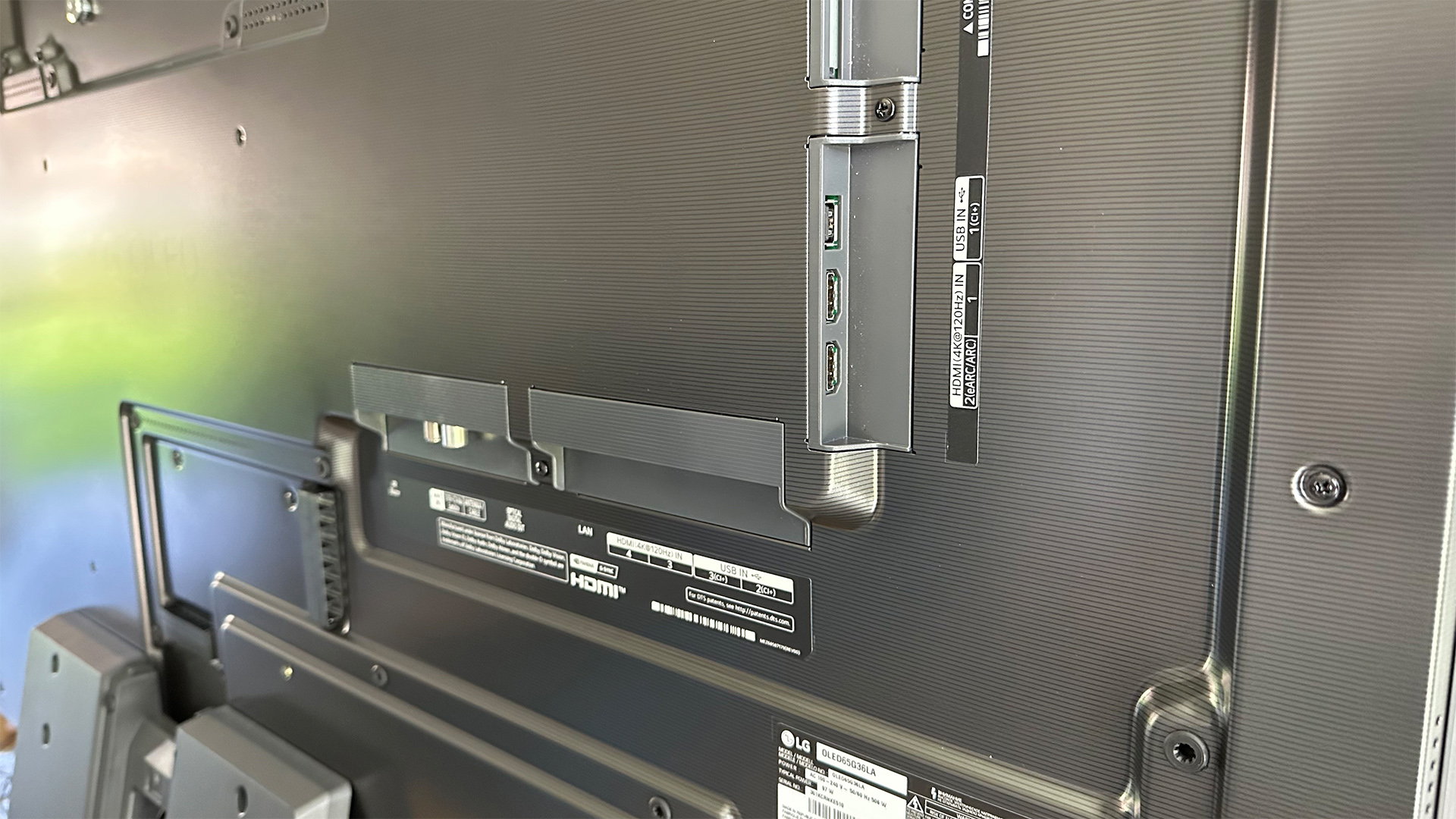
As expected, both of these TVs are feature-packed as they represent 2023's highest-end offerings from the respective Korean and Japanese tech giants (apart from LG's M3, which is basically a wireless version of the G3). Both feature 4K resolutions with HDR support, the latter in the HDR10, HLG and Dolby Vision formats – neither brand will be adding HDR10+ support to its roster of 2023 TVs. This isn't a great loss as Dolby Vision is the dominant format when it comes to both physical discs and streaming.
Onto the gaming capabilities of these sets and either would make an admirable companion for your PS5, Xbox Series X or PC. The G3 and A95L both feature 120Hz panels for smoother and more responsive gameplay, and both can handle proper 4K/120Hz gaming signals. VRR and ALLM are supported by both sets, too, as is Dolby Vision gaming right up to 4K/120Hz.
The big gaming-related difference between the two TVs comes down to their respective arrays of HDMI sockets. LG offers four fully-featured HDMI 2.1 ports, one of which also handles eARC. That means even with a soundbar or AV receiver plugged in, you'll be able to plug in a PS5, Xbox Series X and a PC and still be able to take advantage of the most advanced features of each.
The Sony, on the other hand, only offers two HDMI 2.1 sockets, one of which is also used for eARC. This is due to Sony using the MediaTek Pentonic 1000 chip, and it means that if you need to use eARC for a soundbar or AVR, you'll have just one top-notch socket left for a console or gaming PC. Any sources beyond that will have to make do with an HDMI 2.0 socket that can handle 4K/60Hz at best.
Moving away from gaming and onto software, LG's G3 runs webOS 23, which features a folder-based system that collects related apps and features together inside 'Quick Cards'. This reduces the number of items that are on the home screen, making it easier to find what you want while also making the whole system more responsive.
Sony is sticking with Google TV, which is a universal system used on many TVs and Google's own Chromecast devices. It wasn't broken on the A95K so there's no point fixing it, and thanks to its easy-to-navigate UI and wide app compatibility, we see no reason for Sony to shift away from Google TV. It is a bit sluggish at start-up, however, which is hopefully something that can be fixed via an update.
The A95L is the only Sony TV to come with the Bravia CAM – essentially a webcam you attach to the top of your TV. It can be used for video calls and motion-detecting functions, but we found it a bit of a gimmick. And while the A95L launched without the UK's terrestrial catch-up apps (like BBC iPlayer), they have since been added via an update.
Winner: LG G3
LG G3 vs Sony A95L: picture
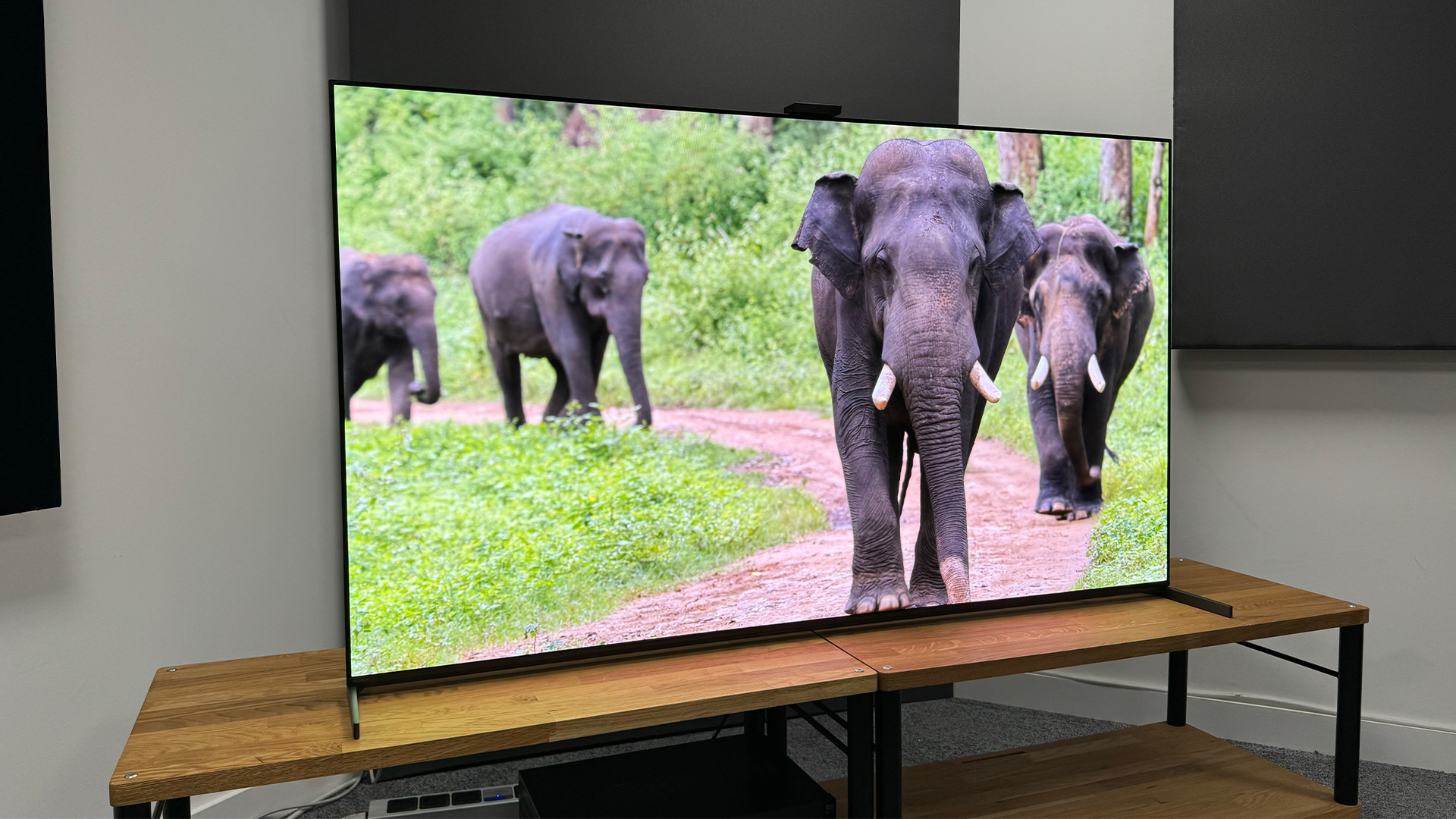
Let's start with the LG G3, as it launched first. At the time, it was comfortably the brightest picture of any OLED TV we'd tested. Admittedly, the 2000+ nit peaks of which it's capable are reserved for the garish and over-processed Vivid mode, but it still delivers peaks of around 1500 nits in its more authentic and natural Cinema and Filmmaker Mode presets.
That's a big upgrade on the G2 it replaces, which topped out at under 1000 nits. It's obvious when watching real HDR content, which isn't only a lot brighter than before, but also boasts significantly more vibrant colours in the brightest parts of the picture. Combined with the inky blacks and pixel-level contrast control for which OLED is renowned, these improvements make for a hugely exciting and dynamic picture overall.
The G3 is an excellent all-rounder, with lots of detail, great edge definition and capable motion processing. Our only complaint is that colours in low-light images are a little pale – something that wasn't the case with the G2.
In a fun twist of fate, the Sony A95L features a second-generation QD-OLED panel that hits very similar peak brightness figures to the LG G3. But put them side by side and the Sony comes out on top.
Bright colours are more intense, but it's not just a case of all guns blazing – the colours are more accurate too, with a great level of fine detail to pick out. Black depth remains superb and filled with detail, and skin tones are on point even in the murkiest parts of the picture.
This gulf between the light and dark parts gives the image a real sense of solidity and depth, and unlike some rivals, it never compromises on subtlety or authenticity.
Winner: Sony A95L
LG G3 vs Sony A95L: sound
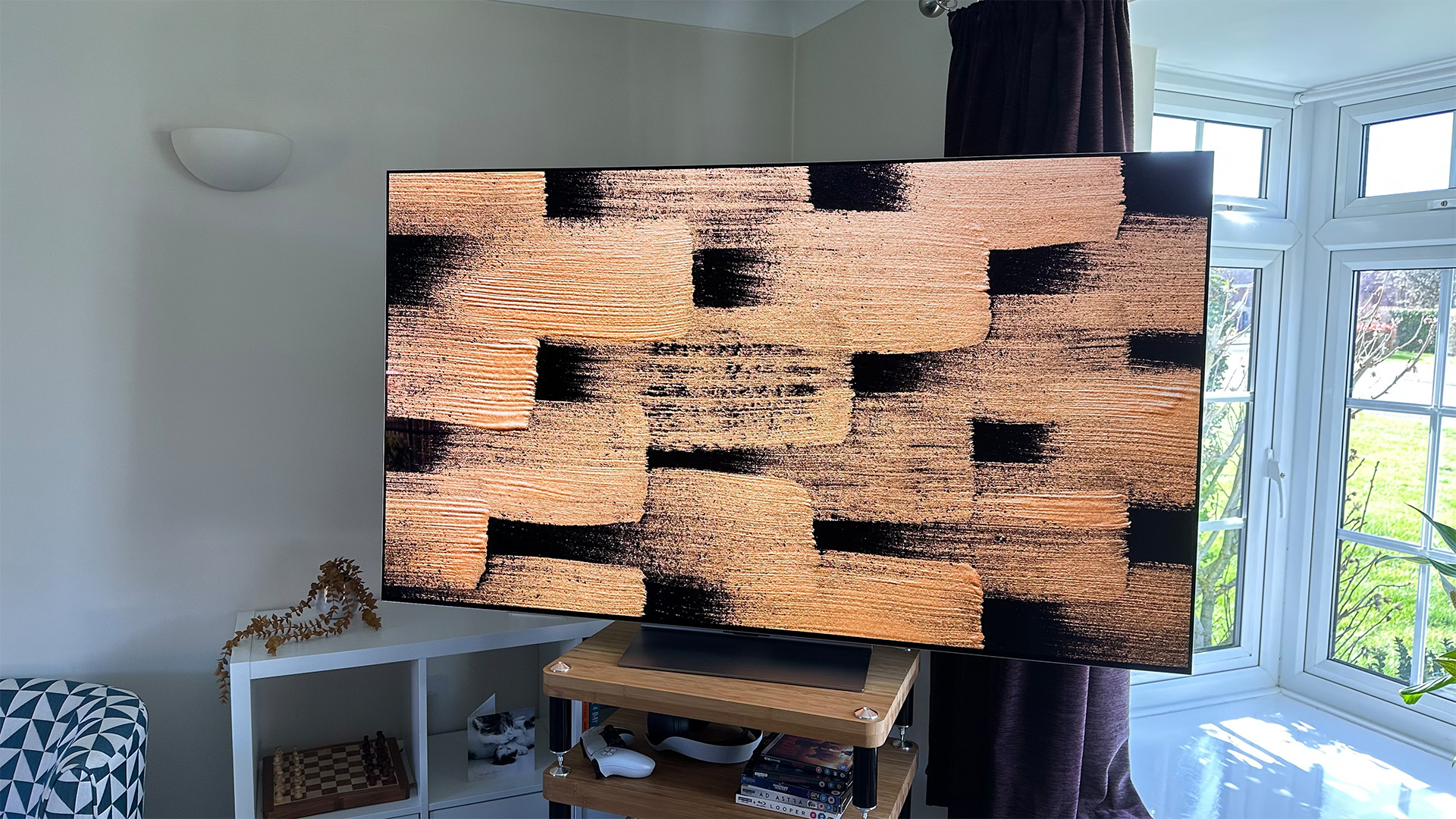
Sony takes a unique approach to audio with its OLED TVs by using actuators that vibrate the whole screen in order to make sound. It generally results in the picture and the sound being spatially linked in a way that other TVs struggle to match.
The A95L's system is slightly tweaked over the A95K's – its two actuators are accompanied by two woofers on bass duties. While this does a fine job of 'placing' the sounds within the picture (so dialogue comes from a character's mouth), it also manages to spread the audio out beyond the confines of the screen. Which makes for a compellingly atmospheric performance.
True, the bass isn't as deep as some rivals, but it remains unruffled by distortion even at high volumes. A soundbar will help, of course, but the A95L is one of the best-sounding TVs you can buy.
The G3 doesn't sound great. For some reason, LG decided to mess with the generally decent sound of the G2 by making it smoother but much more boring. There's next to no punch or impact, so it struggles to make movies sound engaging. Which makes a soundbar a must.
Winner: Sony A95L
LG G3 vs Sony A95L: verdict
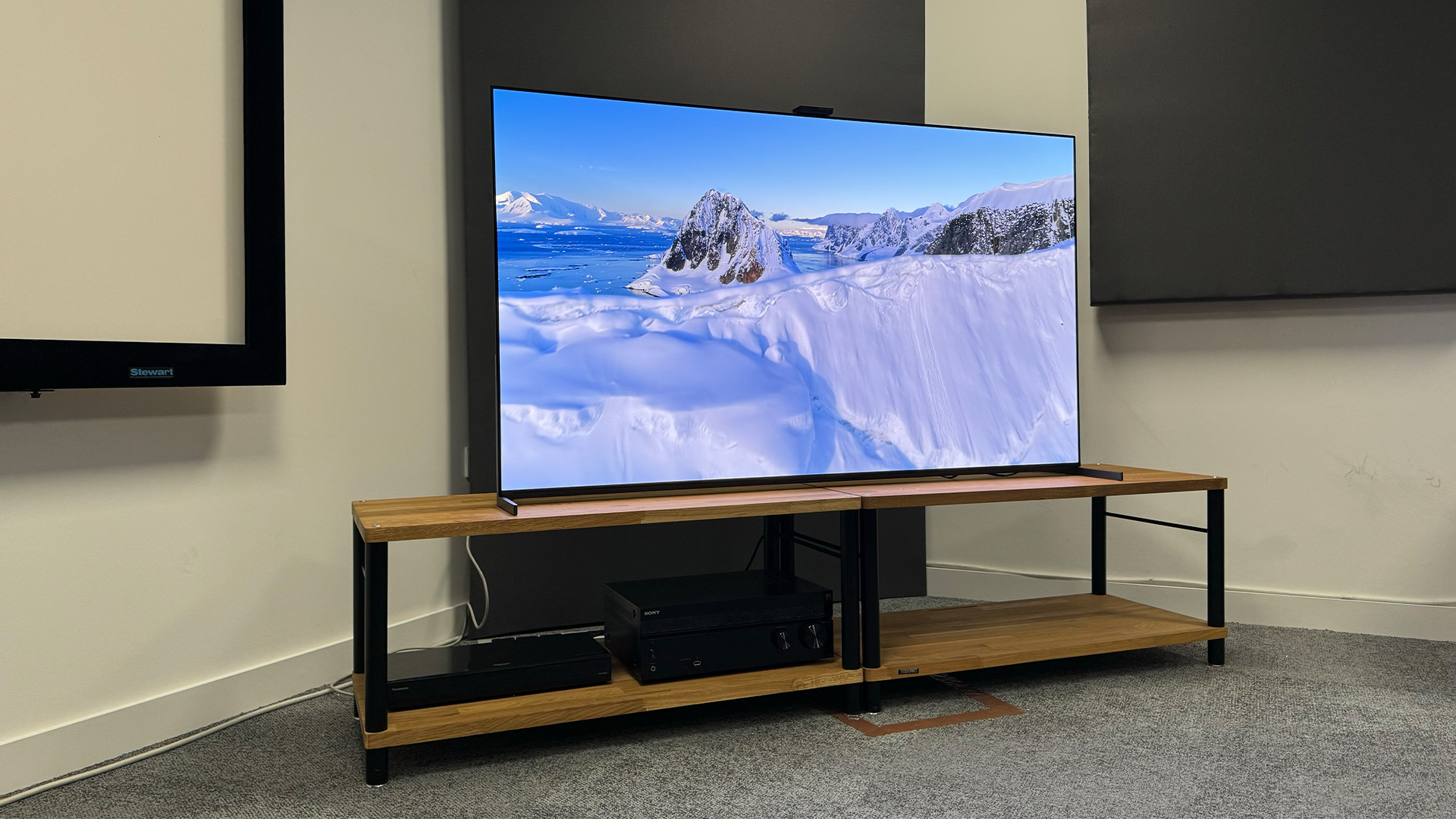
You have a decision to make. The Sony A95L is the better of these TVs (and the best Sony TV), but it's also quite a lot more expensive. But if you factor in the price of a TV stand and a soundbar (which is more urgently needed for the G3), the G3 looks like less of a bargain.
So what do you do? Go for the G3, with its less bright and detailed picture, unrivalled gaming specs and poor sound, and wall-mount it? Or pay extra for a stand? Or do you find the extra budget for the better picture and sound quality, but lesser gaming spec of the A95L? Both are five-star TVs, so both are fantastic in their own right. But now it's over to you...
MORE:
TV model numbers explained: how to identify LG, Sony, Samsung and other TVs
What is Filmmaker Mode? Is it any good and should you turn it on?
How to calculate the right viewing distance for your TV – pick the right screen size for you
Check out the best TVs available right now
Get the What Hi-Fi? Newsletter
The latest hi-fi, home cinema and tech news, reviews, buying advice and deals, direct to your inbox.
Lewis Empson is a Senior Staff Writer on What Hi-Fi?. He was previously Gaming and Digital editor for Cardiff University's 'Quench Magazine', Lewis graduated in 2021 and has since worked on a selection of lifestyle magazines and regional newspapers. Outside of work, he enjoys gaming, gigs and regular cinema trips.
